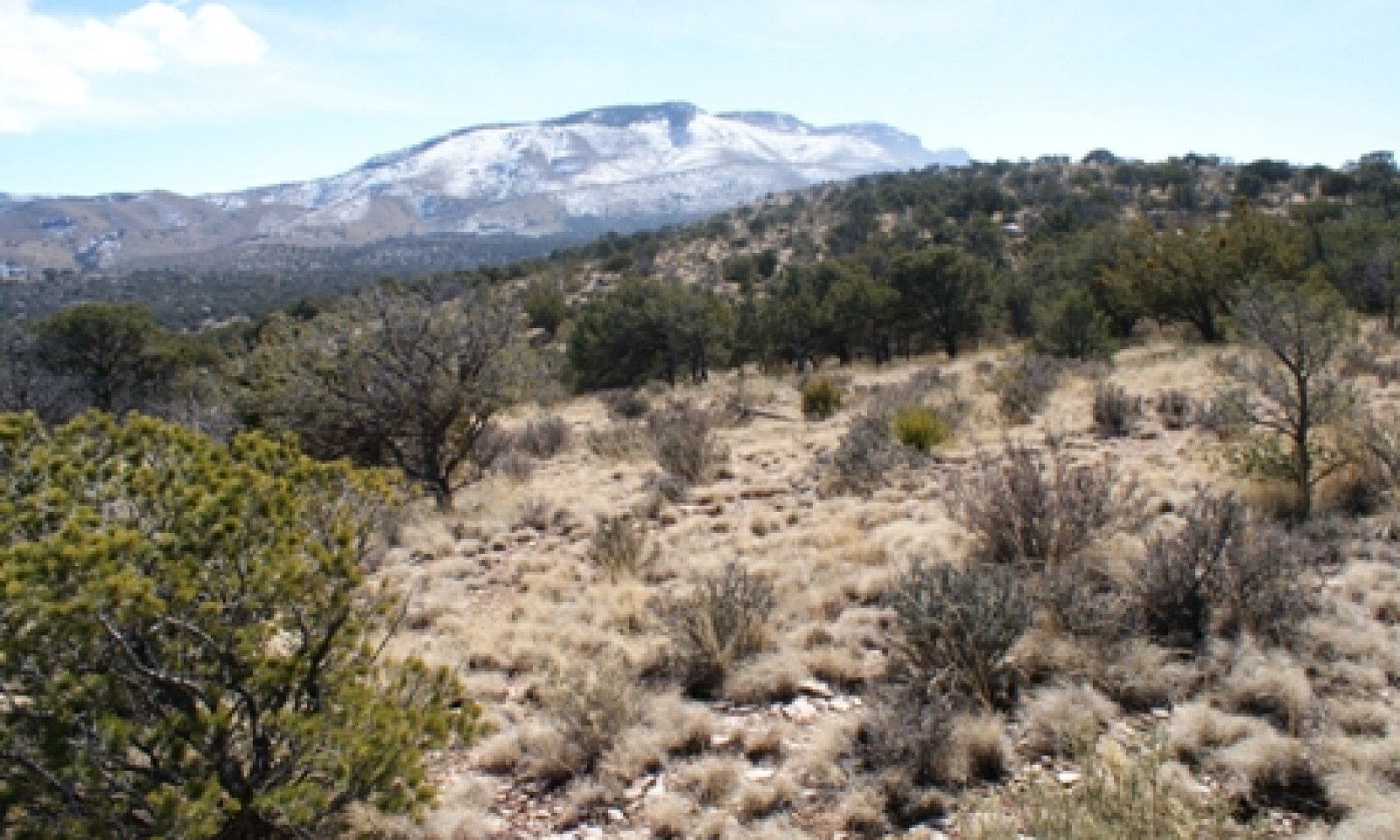

Natural Resources
Conservation Service
Ecological site R070CY102NM
Shallow Limestone
Last updated: 10/21/2024
Accessed: 04/27/2025
General information
Provisional. A provisional ecological site description has undergone quality control and quality assurance review. It contains a working state and transition model and enough information to identify the ecological site.
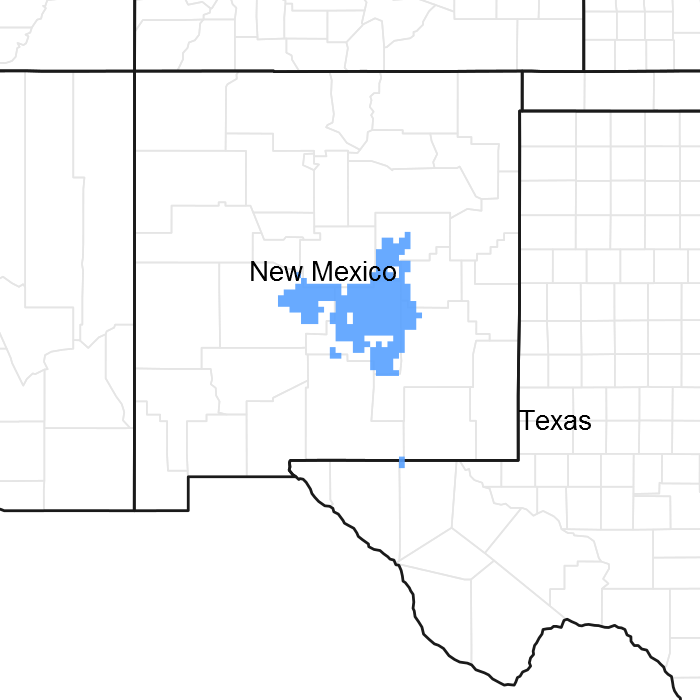
Figure 1. Mapped extent
Areas shown in blue indicate the maximum mapped extent of this ecological site. Other ecological sites likely occur within the highlighted areas. It is also possible for this ecological site to occur outside of highlighted areas if detailed soil survey has not been completed or recently updated.
Ecological site concept
This site is on upland plains, toe slopes, hills, tops of hills, knolls, ridges, mesas, hillslopes or ridges. Slopes range from 0 to 20 percent but are generally less than 9 percent.
Soils are very shallow to shallow over limestone or sandstone. Surface texture are cobbly loam, cobbly silt loam, extremely gravelly loam, very stony loam, channery loam, cobbly silty clay. Bedrock is normally at depths of 6 to 14 inches, and rock outcroppings are common.
Associated sites
| R042CY745TX |
Limestone Canyon Bottomland Limestone Canyon is a flood plain, stream terrace, arroyo, or basin floor with very gravelly or cobbly soils. HCPC is mainly riparian woodlands but vegetation is variable due to different soil conditions. |
|---|---|
| F042CY020TX |
Limestone Mountain (North Aspect) 20-26" PZ Limestone Mountain (North Aspect) is on steep north facing slopes mostly above 2,286 m in elevation. Soils are mostly shallow to limestone bedrock and clayey. The reference plant community is a mixed conifer forest. The three conifers characterizing this site are Douglas fir, southwestern white pine, and ponderosa pine. |
| F042CY021TX |
Limestone Mountain (South Aspect) 20-26" PZ The Limestone Mountain (South Aspect) occurs on mountain slopes and ridgetops, at elevations generally above 2,286 m. Aspects are predominantly south facing or neutral. Soils are mostly shallow to limestone bedrock, gravelly, and loamy. The reference plant community is a ponderosa pine savanna. |
| R070CY109NM |
Loamy Loamy is a flood plain, stream terrace, arroyo, or basin floor with nongravelly or cobbly soils. HCPC is mixed prairie grassland with scattered shrubs, forbs, and trees. |
| R070CY115NM |
Breaks Breaks are escarpments with slopes ranging 40-95 percent gradient. Soils are shallow to bedrock. HCPC is a mountain shrubland with few scattered trees. |
Table 1. Dominant plant species
| Tree |
(1) Juniperus |
|---|---|
| Shrub |
(1) Quercus palustris |
| Herbaceous |
(1) Muhlenbergia montana |
Physiographic features
This site is on upland plains, toe slopes, hills, tops of hills, knolls, ridges, mesas, hillslopes or ridges. They are shallow to very shallow to a lithic contact. Slopes range from 0 to 20 percent but are generally less than 9 percent. Direction of slopes varies but is not significant. Elevation ranges from 5,000 to 7,000 feet above sea level.
Table 2. Representative physiographic features
| Landforms |
(1)
Hill
(2) Ridge (3) Knoll |
|---|---|
| Flooding frequency | None |
| Ponding duration | Very brief (4 to 48 hours) |
| Ponding frequency | None to rare |
| Elevation | 1,524 – 2,134 m |
| Slope | 1 – 20% |
| Aspect | Aspect is not a significant factor |
Climatic features
The climate of the area is "semi-arid continental."
The average annual precipitation ranges from 13 to 16 inches. Variations of 5 inches, more or less, are not uncommon. Seventy-five percent of the precipitation falls from April to October. Most of the summer precipitation comes in the form of high intensity-short duration thunderstorms.
Temperatures are characterized by distinct seasonal changes and large annual and diurnal temperature changes. The average annual temperature is about 50 degrees F with extremes of -29 degrees F in the winter and 103 degrees F in the summer.
The average frost-free seaason is 130 to 160 days. The last killing frost is in early May and the first killing frost is in early October.
Both temperature and precipitation favor warm-season species. However, about 40 percent of the precipitation is favorable to cool-season species. This allows the cool-season plants to occupy an improtant component of this site. Vegetation responds well to light rains due to the very shallow soil profiles. Heavy rains produce excess runoff and can cause flash floods. Strong winds from the west and southwest blow across the area from February to June, causing the soil to dry out during a critical growth period for cool-season plants. The wind also causes the soil to blow and can cause plant damage and reduce growth.
Climate data was obtained from http://www.wrcc.sage.dri.edu/summary/climsmnm.html web site using 50% probability for freeze-free and frost-free seasons using 28.5 degrees F and 32.5 degrees F respectively.
Table 3. Representative climatic features
| Frost-free period (average) | 173 days |
|---|---|
| Freeze-free period (average) | 187 days |
| Precipitation total (average) | 406 mm |
Figure 2. Monthly precipitation range
Figure 3. Monthly average minimum and maximum temperature
Influencing water features
This is an upland site, and is not associated with water features or wetlands. During heavy rain events, this site may receive run-on moisture from landforms above and contribute runoff to landforms below.
Soil features
Soils are very shallow to shallow over limestone or sandstone. Surface texture are cobbly loam, cobbly silt loam, extremely gravelly loam, very stony loam, channery loam, cobbly silty clay. Bedrock is normally at depths of 6 to 14 inches, and rock outcroppings are common. Air, water, relationships are favorable for plant growth. Rock fragments make up 15 to 65 percent of the soil profile.
Minimum and maximum values listed below represent the characteristic soils for this site.
Characteristic soils include: Deama, Winona, Tortugas, Pinon, Pirodel, Biduya, and Desario.
Table 4. Representative soil features
| Parent material |
(1)
Residuum
–
limestone
(2) Colluvium – limestone (3) Colluvium – sandstone |
|---|---|
| Surface texture |
(1) Cobbly loam (2) Channery silt loam (3) Very stony loam |
| Family particle size |
(1) Loamy |
| Drainage class | Well drained |
| Permeability class | Moderate to moderately slow |
| Soil depth | 51 – 152 cm |
| Surface fragment cover <=3" | 15 – 35% |
| Surface fragment cover >3" | 15 – 35% |
| Available water capacity (0-101.6cm) |
2.54 – 7.62 cm |
| Calcium carbonate equivalent (0-101.6cm) |
15 – 40% |
| Electrical conductivity (0-101.6cm) |
0 – 2 mmhos/cm |
| Sodium adsorption ratio (0-101.6cm) |
0 – 1 |
| Soil reaction (1:1 water) (0-101.6cm) |
7.4 – 8.4 |
| Subsurface fragment volume <=3" (Depth not specified) |
15 – 35% |
| Subsurface fragment volume >3" (Depth not specified) |
15 – 35% |
Ecological dynamics
This site has the aspect of a Juniper-Pinyon Savannah, with a rather dense understory of short- and midgrasses. The understory is dominated by both cool- and warm-season midgrasses. Forb production fluctuates greatly from season to season and year to year. Surface rock is abundant throughout the site. Trees are more abundant at higher elevations. Wavyleaf oak can dominate areas with finer textured soils (Bunting 1978 and NRCS 2010 data).
Fire plays an important role in maintaining the ecological integrity of the site. Fires or fire suppression causes a tree-grass dynamic at higher elevations and a shrub-grass dynamic at lower elevations. Mismanagement of cattle on this site will result in a decrease in palatable mid-grasses and forbs with corresponding increases in woody plants. Under sheep, the short grasses and forbs would decrease. Continuous grazing during the growing season results in a decrease in the vigor and abundance of many grasses. Fluctuations in annual rainfall and/or season of rain will effect species composition and production within a given year.
The dynamic of the wavyleaf oak dominated community occurring on this site is not similar to the majority of other woody plants in this community and does not fit the state and transition model described below. Fire top-kills sandpaper and Vasey shin oaks; surviving plants are stimulated to sprout. Dense thickets of this shrub-like oak can dominate areas after fire. It seems to replace itself after disturbance and does not have any community phase or state change.
State and transition model

More interactive model formats are also available.
View Interactive Models
More interactive model formats are also available.
View Interactive Models
Click on state and transition labels to scroll to the respective text
Ecosystem states
State 1 submodel, plant communities
State 1
Savannah State
The Short-Midgrass/Trees/Shrubs Community (1.1) has a variety of midgrasses and shortgrasses, both cool and warm-season dominates the site. Oneseed juniper and pinyon pine are more common at higher elevations. Wavyleaf oak can dominate areas with finer textured soils (Bunting 1978 and NRCS 2010 data). Cover of woody plants is less than 35 percent. The Shortgrass/Trees/Shrubs Community (1.2) is the result of heavy continuous grazing by cattle. Palatable grasses such as muhlys, gramas, and bluestems have decreased. Threeawns and hairy grama have increased. Total herbaceous production declines thereby reducing the likelihood of natural fires. Woody plants seedlings have increased. The Pinyon Pine/Juniper Woodland Community (1.3) occurs at higher elevations of the Shallow Limestone ecological site. Oneseed juniper and pinyon pine have increased due to fire suppression. The mixed-grass community is present with both mid and shortgrasses. Canopy cover ranges from 35 to 75 percent. The abundance of fine fuels present allows for natural or prescribed fires to occur kill oneseed junipers, depending on the severity of the burn.
Community 1.1
Short-Midgrass/Trees/Shrubs Community

Figure 4. 1.1 Historic Climax Plant Community - High Elev.
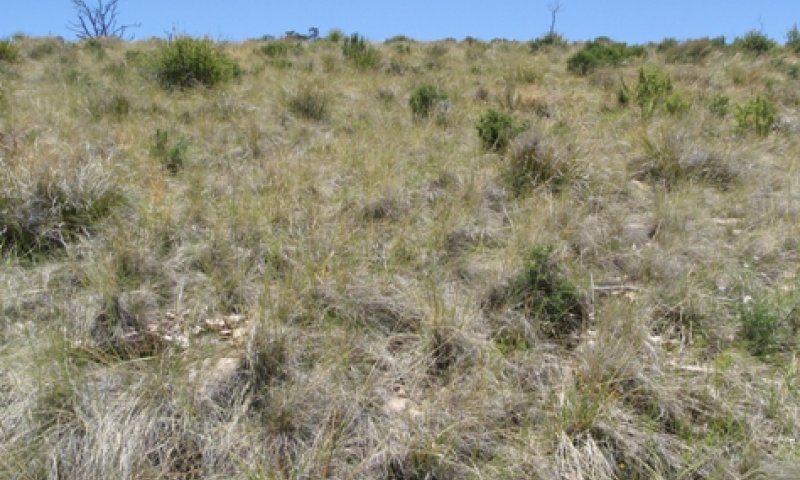
Figure 5. 1.1 Historic Climax Plant Community - Low Elev.
A variety of midgrasses and shortgrasses, both cool and warm season dominates the site. Common grasses include pine muhly, New Mexico muhly, sideoats grama, green sprangletop, bottlebrush squirreltail, and New Mexico feathergrass. Common shrubs include mountain mahogany, desert ceanothus, wavyleaf oak, sacahuista, and agarito. Oneseed juniper and pinyon pine are more common at higher elevations. Wavyleaf oak can dominate areas with finer textured soils (Bunting 1978 and NRCS 2010 data). Cover of woody plants is less than 35 percent. Periodic fire helps suppress most woody plants within this phase (wavyleaf oak resprouts vigorously after a fire. The site is suited for a prescribed grazing system that maintains the integrity of the site.
Figure 6. Annual production by plant type (representative values) or group (midpoint values)
Table 5. Annual production by plant type
| Plant type | Low (kg/hectare) |
Representative value (kg/hectare) |
High (kg/hectare) |
|---|---|---|---|
| Grass/Grasslike | 695 | 1009 | 1306 |
| Shrub/Vine | 90 | 168 | 308 |
| Forb | 67 | 112 | 163 |
| Tree | 56 | 84 | 118 |
| Total | 908 | 1373 | 1895 |
Table 6. Ground cover
| Tree foliar cover | 5-10% |
|---|---|
| Shrub/vine/liana foliar cover | 5-15% |
| Grass/grasslike foliar cover | 20-25% |
| Forb foliar cover | 5-7% |
| Non-vascular plants | 0% |
| Biological crusts | 0% |
| Litter | 20% |
| Surface fragments >0.25" and <=3" | 0% |
| Surface fragments >3" | 25% |
| Bedrock | 0% |
| Water | 0% |
| Bare ground | 20% |
Figure 7. Plant community growth curve (percent production by month). NM4302, R070CY102NM Shallow Limestone HCPC. R070CY102NM Shallow Limestone HCPC Juniper-pinyon savannah with mixed short/mid warm/cool-season grasses. .
| Jan | Feb | Mar | Apr | May | Jun | Jul | Aug | Sep | Oct | Nov | Dec |
|---|---|---|---|---|---|---|---|---|---|---|---|
| J | F | M | A | M | J | J | A | S | O | N | D |
| 0 | 0 | 5 | 7 | 10 | 15 | 25 | 25 | 8 | 5 | 0 | 0 |
Community 1.2
Shortgrass/Trees/Shrubs Community
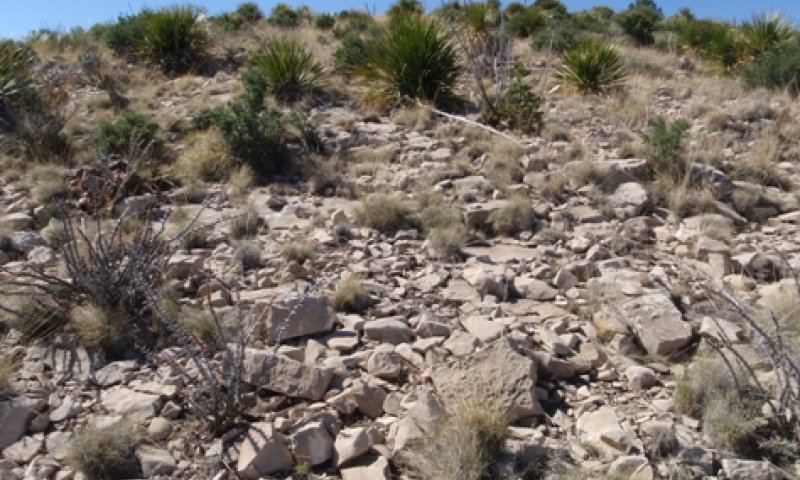
Figure 8. 1.2 Shortgrass/Trees/Shrubs Community
This phase is the result of heavy continuous grazing by cattle. Palatable grasses such as muhlys, gramas, and bluestems have decreased. Threeawns and hairy grama have increased. Total herbaceous production declines thereby reducing the likelihood of natural fires. Woody plants seedlings have increased. Prescribed grazing or no grazing will allow the recovery of grasses. The rate of recovery will depend on the extent to which the site was disturbed.
Community 1.3
Pinyon Pine/Juniper Woodland Community
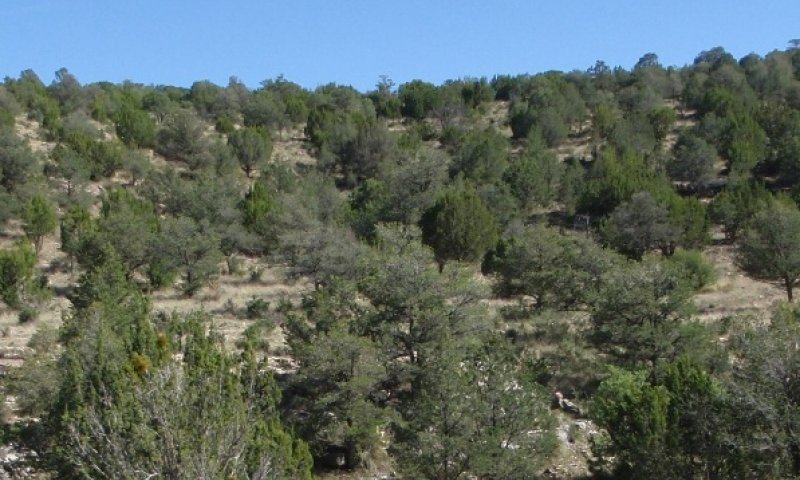
Figure 9. 1.3 Pine/Juniper Woodland Community
At higher elevations oneseed juniper and pinyon pine have increased due to fire suppression. The mixed grass community is present with both mid and shortgrasses. Canopy cover ranges from 35 to 75 percent. The abundance of fine fuels present allows for natural or prescribed fires to occur kill oneseed junipers, depending on the severity of the burn. Surface fires are effective on oneseed juniper especially if they are under six feet tall (Paysen et al. 2000). Older and larger trees are typically not impacted by fast moving surface fires. Researchers have found that 100 percent juniper mortality occurs when 60 percent of the crown is scorched (Jameson D. 1966). At lower elevations a grass-shrub savanna occurs and fires can also suppress and/or kill many of the shrub species. The post fire community will vary depending on seed back and severity of the burn.
Pathway 1.1A
Community 1.1 to 1.2


With heavy continuous grazing and fire suppression along with woody plant seed dispersal, the Short-Midgrass/Trees/Shrubs Community will shift to the Shortgrass/Trees/Shrubs Community.
Pathway 1.1B
Community 1.1 to 1.3


With Fire Suppression and Prescribed and/or No Grazing, the Short/Midgrass/Trees/Shrubs Community will shift to the Pinyon Pine/Juniper Woodland Community.
Conservation practices
| Prescribed Grazing |
|---|
Pathway 1.2B
Community 1.2 to 1.1


With Prescribed and/or No Grazing and Prescribed Burning conservation practices implemented, the Shortgrass/Trees/Shrubs Community can be reverted back to the Short/Midgrass/Trees/Shrubs Community.
Conservation practices
| Prescribed Burning | |
|---|---|
| Prescribed Grazing |
Pathway 1.2A
Community 1.2 to 1.3


Fire Suppression and Prescribed and/or No Grazing will shift the Shortgrass/Trees/Shrubs Community to the Pinyon Pine/Juniper Woodland Community.
Conservation practices
| Prescribed Grazing |
|---|
Pathway 1.3B
Community 1.3 to 1.1


With Prescribed Burning and Prescribed and/or No Grazing, the Pinyon Pine/Juniper Woodland Community can revert back to the Short-Midgrass/Trees/Shrubs Community.
Conservation practices
| Prescribed Burning | |
|---|---|
| Prescribed Grazing |
Pathway 1.3A
Community 1.3 to 1.2


With Heavy Continuous Grazing and Fire Suppression along with woody plant seed dispersal, the Pinyon Pine/Juniper Woodland Community will shift to the Shortgrass/Trees/Shrubs Community.
Additional community tables
Table 7. Community 1.1 plant community composition
| Group | Common name | Symbol | Scientific name | Annual production (kg/hectare) | Foliar cover (%) | |
|---|---|---|---|---|---|---|
|
Grass/Grasslike
|
||||||
| 1 | Muhly Species | 235–353 | ||||
| pine muhly | MUDU | Muhlenbergia dubia | 235–353 | – | ||
| mountain muhly | MUMO | Muhlenbergia montana | 235–353 | – | ||
| New Mexico muhly | MUPA2 | Muhlenbergia pauciflora | 235–353 | – | ||
| deergrass | MURI2 | Muhlenbergia rigens | 235–353 | – | ||
| purple muhly | MURI3 | Muhlenbergia rigida | 235–353 | – | ||
| curlyleaf muhly | MUSE | Muhlenbergia setifolia | 235–353 | – | ||
| 2 | Cool-season Grasses | 151–297 | ||||
| needle and thread | HECO26 | Hesperostipa comata | 118–235 | – | ||
| New Mexico feathergrass | HENE5 | Hesperostipa neomexicana | 118–235 | – | ||
| squirreltail | ELEL5 | Elymus elymoides | 34–62 | – | ||
| 3 | Warm-season midgrass | 11–62 | ||||
| little bluestem | SCSC | Schizachyrium scoparium | 11–62 | – | ||
| 4 | Warm-season grasses | 56–118 | ||||
| blue grama | BOGR2 | Bouteloua gracilis | 56–118 | – | ||
| hairy grama | BOHI2 | Bouteloua hirsuta | 56–118 | – | ||
| 5 | Warm-season midgrasses | 174–297 | ||||
| green sprangletop | LEDU | Leptochloa dubia | 118–179 | – | ||
| sand dropseed | SPCR | Sporobolus cryptandrus | 118–179 | – | ||
| sideoats grama | BOCU | Bouteloua curtipendula | 56–118 | – | ||
| 6 | Warm-season shortgrass | 56–118 | ||||
| black grama | BOER4 | Bouteloua eriopoda | 56–118 | – | ||
| 7 | Grasses | 11–62 | ||||
| Graminoid (grass or grass-like) | 2GRAM | Graminoid (grass or grass-like) | 11–62 | – | ||
|
Forb
|
||||||
| 8 | Forbs | 34–62 | ||||
| bladderpod | LESQU | Lesquerella | 34–62 | – | ||
| scarlet globemallow | SPCO | Sphaeralcea coccinea | 34–62 | – | ||
| verbena | VEPO4 | Verbena polystachya | 34–62 | – | ||
| 9 | Forbs | 22–62 | ||||
| fetid marigold | DYPA | Dyssodia papposa | 22–62 | – | ||
| Graminoid (grass or grass-like) | 2GRAM | Graminoid (grass or grass-like) | 12–59 | – | ||
| 10 | Forbs | 11–39 | ||||
| Forb (herbaceous, not grass nor grass-like) | 2FORB | Forb (herbaceous, not grass nor grass-like) | 11–39 | – | ||
|
Tree
|
||||||
| 11 | Trees | 56–118 | ||||
| oneseed juniper | JUMO | Juniperus monosperma | 56–118 | – | ||
| twoneedle pinyon | PIED | Pinus edulis | 56–118 | – | ||
|
Shrub/Vine
|
||||||
| 12 | Shrubs | 22–62 | ||||
| QUPA4 | Quercus ×pauciloba | 22–62 | – | |||
| 13 | Shrubs | 22–62 | ||||
| desert ceanothus | CEGR | Ceanothus greggii | 22–62 | – | ||
| hairy mountain mahogany | CEMOP | Cercocarpus montanus var. paucidentatus | 22–62 | – | ||
| 14 | Fibrous/Succulents/Half-shrubs | 22–62 | ||||
| green sotol | DALE2 | Dasylirion leiophyllum | 22–62 | – | ||
| broom snakeweed | GUSA2 | Gutierrezia sarothrae | 22–62 | – | ||
| sacahuista | NOMI | Nolina microcarpa | 22–62 | – | ||
| 15 | Shrubs | 11–62 | ||||
| Bigelow sage | ARBI3 | Artemisia bigelovii | 11–62 | – | ||
| 16 | Shrubs | 11–62 | ||||
| Shrub, deciduous | 2SD | Shrub, deciduous | 11–62 | – | ||
Interpretations
Supporting information
Inventory data references
Data collection for this site was done in conjunction with the progressive soil surveys within the Pecos-Canadian Plains and Valleys 70 Major Land Resource Area of New Mexico. This site has been mapped and correlated with soils in the following soil surveys: Chaves, De Baca, Guadalupe, Lincoln, Sna Miguel, Santa Fe, Torrance.
Characteristic Soil Series for New Mexico are: Deama, Tortugas, and Flume. Other soils in New Mexico associated with this site include Winona.
Characteristic Soil Series for the Guadalupe Mountains National Park include Biduya and Desario.
Other references
Bunting S. 1978. The vegetation of the Guadalupe Mountains. PhD dissertation. Texas Tech University, Lubbock, TX.
Bryant, F. C.; Launchbaugh, G. K.; Koerth, B. H. 1983. Controlling mature ashe juniper in Texas with crown fires. Journal of Range Management. 36(2): 165-168.
Johnson, Donald E.; Mukhtar, Hashim A. M.; Mapston, Raymond; Humphrey, R. R. 1962. The mortality of oak-juniper woodland species following a wild fire. Journal of Range Management. 15: 201-205.
Paysen, Timothy E.; Ansley, R. James; Brown, James K. 2000. Fire in western shrubland, woodland, and grassland ecosystems. In: Brown, James K.; Smith, Jane Kapler, eds. Wildland fire in ecosystems: Effects of fire on flora. Gen. Tech. Rep. RMRS-GTR-42-volume 2. Ogden, UT: U.S. Department of Agriculture, Forest Service, Rocky Mountain Research Station: 121-159.
Contributors
Christine Bishop
Elizabeth Wright
John Tunberg
Michael Margo, RMS, NRCS, Marfa, Texas
Approval
Kendra Moseley, 10/21/2024
Rangeland health reference sheet
Interpreting Indicators of Rangeland Health is a qualitative assessment protocol used to determine ecosystem condition based on benchmark characteristics described in the Reference Sheet. A suite of 17 (or more) indicators are typically considered in an assessment. The ecological site(s) representative of an assessment location must be known prior to applying the protocol and must be verified based on soils and climate. Current plant community cannot be used to identify the ecological site.
| Author(s)/participant(s) | |
|---|---|
| Contact for lead author | |
| Date | 04/27/2025 |
| Approved by | Kendra Moseley |
| Approval date | |
| Composition (Indicators 10 and 12) based on | Annual Production |
Indicators
-
Number and extent of rills:
-
Presence of water flow patterns:
-
Number and height of erosional pedestals or terracettes:
-
Bare ground from Ecological Site Description or other studies (rock, litter, lichen, moss, plant canopy are not bare ground):
-
Number of gullies and erosion associated with gullies:
-
Extent of wind scoured, blowouts and/or depositional areas:
-
Amount of litter movement (describe size and distance expected to travel):
-
Soil surface (top few mm) resistance to erosion (stability values are averages - most sites will show a range of values):
-
Soil surface structure and SOM content (include type of structure and A-horizon color and thickness):
-
Effect of community phase composition (relative proportion of different functional groups) and spatial distribution on infiltration and runoff:
-
Presence and thickness of compaction layer (usually none; describe soil profile features which may be mistaken for compaction on this site):
-
Functional/Structural Groups (list in order of descending dominance by above-ground annual-production or live foliar cover using symbols: >>, >, = to indicate much greater than, greater than, and equal to):
Dominant:
Sub-dominant:
Other:
Additional:
-
Amount of plant mortality and decadence (include which functional groups are expected to show mortality or decadence):
-
Average percent litter cover (%) and depth ( in):
-
Expected annual annual-production (this is TOTAL above-ground annual-production, not just forage annual-production):
-
Potential invasive (including noxious) species (native and non-native). List species which BOTH characterize degraded states and have the potential to become a dominant or co-dominant species on the ecological site if their future establishment and growth is not actively controlled by management interventions. Species that become dominant for only one to several years (e.g., short-term response to drought or wildfire) are not invasive plants. Note that unlike other indicators, we are describing what is NOT expected in the reference state for the ecological site:
-
Perennial plant reproductive capability:
Print Options
Sections
Font
Other
The Ecosystem Dynamics Interpretive Tool is an information system framework developed by the USDA-ARS Jornada Experimental Range, USDA Natural Resources Conservation Service, and New Mexico State University.
Click on box and path labels to scroll to the respective text.